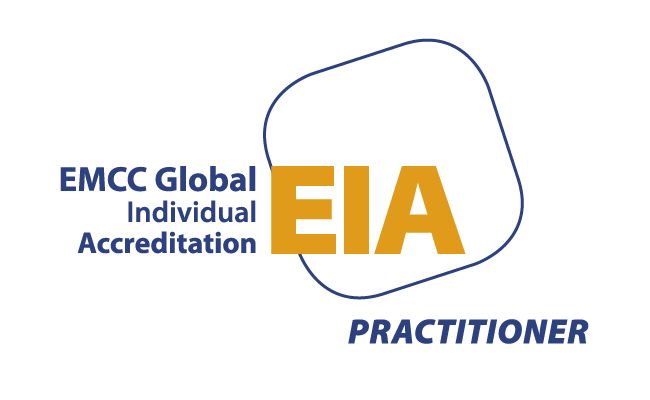How to build your leadership after a Founder leaves
Barbra Carlisle • June 25, 2025

Leading After a Founder – Tips to navigating the Transition with Confidence
Taking the reins after a founder steps down is one of the most complex leadership transitions. Founders often embody the culture, vision, and identity of an organisation. So how do you lead effectively without being in their shadow?
How do you make an impression? And how easy is it to make an impression when the person before you was the person who started the organisation?
It is incredibly difficult, depending on the nature of the person before you , and the culture they created when they were the leader.
New leaders often look to honour the past while creating new momentum - their way. It is a tension between respect and reinvention. Without trust and transition rituals, teams can stall in founder nostalgia.
Here are a few tips for you to consider:
Understand the Founder’s Legacy
Before you start or at least in the first three months in role, take time to understand:
- What the founder stood for. What were their values, vision, and leadership style.
- What worked well and what may need to evolve.
- How the team in place feel about work and about the transition. Are they grieving, anxious, or hopeful?
Strategies for a Successful Transition
1. Respect the Past, But Don’t Replicate It
Acknowledge the founder’s contributions, but don’t try to be a carbon copy. Your leadership must be authentic to you.
2. Communicate Transparently
Be open about your vision and how it builds on the founder’s legacy. Regular, honest communication builds trust and reduces uncertainty.
3. Engage Key Stakeholders
From board members to frontline staff, involve people in shaping the next chapter. This fosters ownership and reduces resistance. It will involve a lot of active listening.
4. Establish Your Leadership Identity
You have the opportunity to reflect on your unique strengths, what got you the job and what your purpose is as a leader. Use this insight to define your leadership narrative.
5. Balance Continuity and Change
Identify what must stay (core values, mission) and what can evolve (processes, strategy). This balance reassures stakeholders while signalling progress.
And finally
Following a founder is not about copying, filling shows or throwing the baby out with the bath water. It’s about walking your own path while honouring the journey that came before. It is time for strategic thinking to help you set up for your own successes and to weather the storms of new transitions. With empathy, clarity, and strategic intent, you can lead your organisation into its next era.
In the UK, leadership transitions are increasingly supported by structured development programmes that focus on emotional intelligence, strategic alignment, and stakeholder engagement. These resources can be invaluable during founder succession.
I am always hear to help you navigate new transitions. Do reach out if you want to think about how to be the best leader, your own way.




